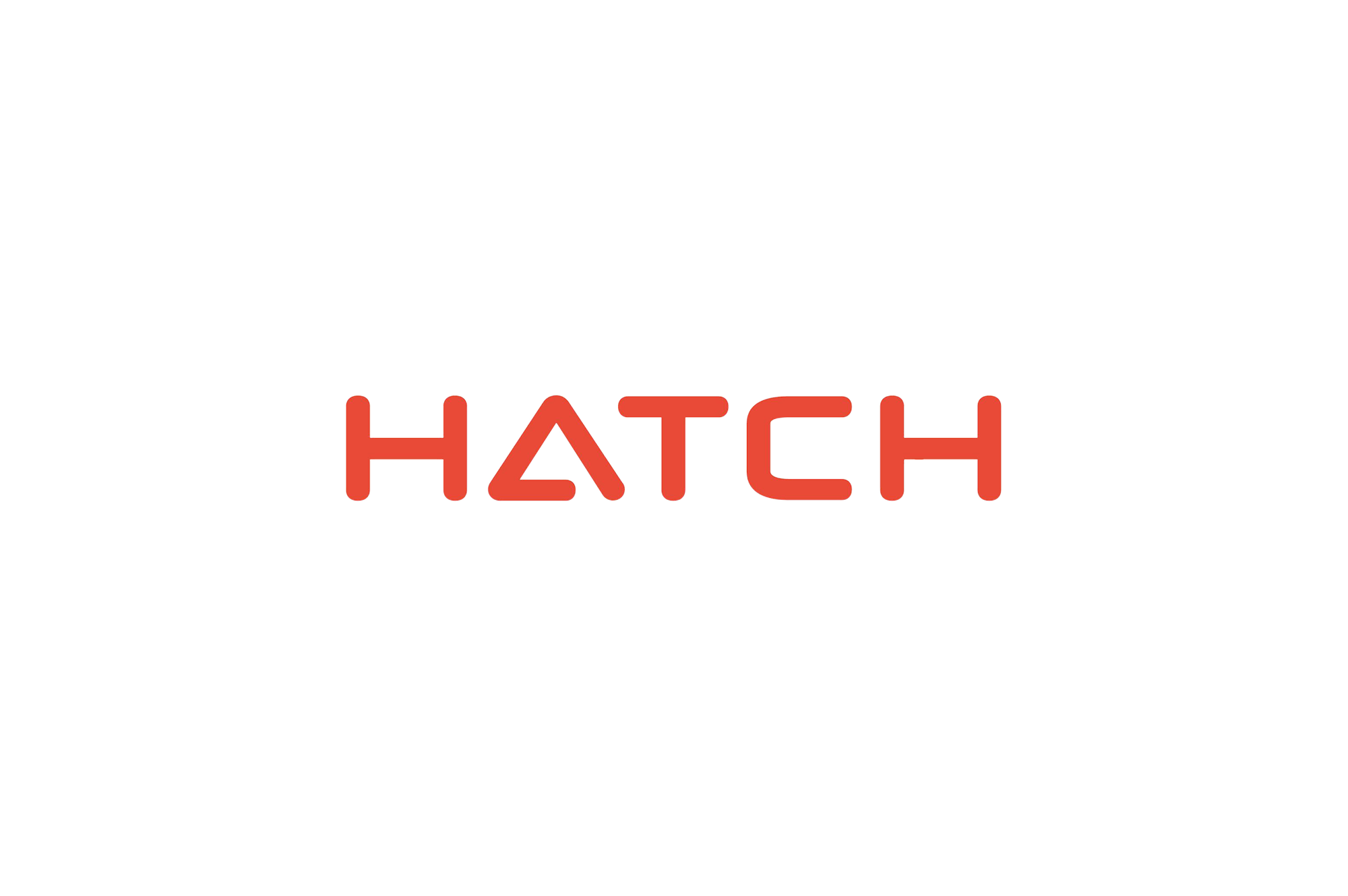BLOG
The Empathic Teacher: Addressing Complex Learning and Development Needs
Effective digital knowledge solutions take into account the human element and the fact that the key to learning is creating experiences versus courses.

Effective digital knowledge solutions take into account the human element and the fact that the key to learning is creating experiences versus courses.

We live in exciting but challenging times when it comes to learning and development. As we speak, affordable electric vehicles, 3D printers, and Artificial Intelligence (AI) are reshaping our world. But at the same time, they’re putting millions of people in a tough spot. Over the next decade, we will witness AI supplant a long list of human jobs, from autonomous vehicles replacing taxi drivers to robot-driven 3D-printing hubs taking over factories. Scores of displaced workers will need retraining.
But there’s a problem: according to Statistics Canada, nearly half of Canadian adults struggle to read at a high school level. Current learning and development programs assume a high level of literacy, resulting in a teacher and student disconnect.
Effective digital knowledge solutions account for the human element and the fact that the key to learning is creating experiences: not courses. In other words, teaching with empathy.
The word empathic derives from empathy, which means understanding and sharing the feelings of another. So, before putting together a lesson plan, an empathic teacher strives to see things from the learners’ perspective.
The students of an empathic teacher do more than just understand course content better: they also feel included, respected, and heard.
Teaching is one of the most human-centred professions there is. Yet, companies and educational institutions often forget this when creating digital knowledge solutions. When the audience is not in front of the teacher, it’s easier to neglect things such as schedules, lived experiences, and personal problems.
But just because students are virtual doesn’t mean issues don’t exist. Failure to consider these factors can negatively affect learner outcomes. Below, we’ll run through several factors that, when addressed, can enhance empathic learning.
As eLearning providers, we’re intimately familiar with the educational technology applications that deliver courses. However, this familiarity can blind us—what seems obvious to instructors can be confusing to students. That’s why it’s important to bridge this gap, by understanding the learner, such as their diversity, digital literacy, varying abilities, and levels of education. User acceptance testing (UAT) from a relevant learner group is critical to success.
Have users test the online experience as it exists. Afterwards, have your participants complete a survey. Be sure to include open-ended questions to provide insight into participant feelings toward your eLearning platform. This way, you’ll get the feedback needed to make meaningful changes.
Adults have busy schedules and several responsibilities, and in today’s world, self-care is becoming ever important to avoid burnout . As an empathic teacher, it’s important to remember this.
Avoid common pitfalls of maintaining a rigid schedule, and instead, work flexibility into your digital learning program. Record lectures and allow for personalized exam dates so your learners can take sick time off, practice self-care, and still fit course work around their unpredictable work and life schedules.
If you have eLearning modules that use university-level language, those who speak English as a second language will struggle. As mentioned earlier, almost half of Canadian adults don’t even possess a high school level comprehension of English.
Then, there are the challenges for technology access. Reliable access to technology and the internet compromises the ability to participate in interactive learning.
Responses will vary depending on the intersectional challenges that you identify. But with respect to the above issues, using plain language in course materials and providing access to technology can help.
The global reach of digital learning is one of its greatest strengths. However, it’s also the source of one of its greatest challenges. Consider the predicament of the overseas learner—many live five to 12 hours ahead or behind their online education provider. Attending live lectures can mean upending their entire routine.
As such learners attend classes through the night, fatigue clouds their ability to reason. Daylight, or lack of it, is the most potent cue for our circadian rhythm, which governs wake and sleep cycles. While overseas students do their best to remain awake, it’s incredibly difficult to override biological processes.
Meet this challenge and account for it by recording your lectures and allow students in distant time zones to learn when their attention is optimal.
It’s one thing to anticipate your students’ needs—it’s another to actually know what they want. None of us can read the minds of others. Teachers strive to get things right, but rarely does this occur the first time around.
Collecting feedback through holding virtual office hours or scheduling live chat opportunities, will give you a feel for how your students are doing. You’ll have an inside look into your learner feelings regarding both the course and your teaching style.
As much as teachers need feedback, so do learners. Building remedial feedback into knowledge experiences increases engagement. Finally, be mindful when grading work. Adults that have committed to eLearning have made themselves vulnerable. When possible, avoid marking answers only as right or wrong—offer detailed feedback that builds bridges to understanding.
Acknowledge your learners in your remarks when they make insightful points and associate enjoyable feelings with the pursuit of knowledge.
As an instructor, it’s easy to forget about student perspective, especially when it comes to interactive learning environments. Meet your learners where they are. If our educational technology solutions are too confusing, it doesn’t matter how good the content is. By adopting the mindset of the empathic teacher, addressing these issues will become second nature. In doing so, a generation of students will thrive.
Want to know more about how our digital knowledge solutions can create a competitive advantage? Connect with one of our experts today to learn more.
We develop digital knowledge solutions. Our team makes heroes of learning and development professionals. We improve workspace experience (and lives) across the globe, with better learning.




















